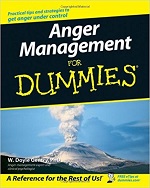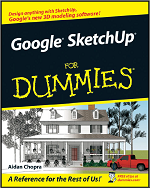_Geotechnical_Engineering_Principles and_Practices of_Soil_Mechanics and_Foundation_Engineering
- A must have reference for any engineer involved with foundations, piers, and retaining walls, this remarkably comprehensive volume illustrates soil characteristic concepts with examples that detail a wealth of practical considerations, It covers the latest developments in the design of drilled pier foundations and mechanically stabilized earth retaining wall and explores a pioneering approach for predicting the nonlinear behavior of laterally loaded long vertical and batter piles. As complete and authoritative as any volume on the subject, it discusses soil formation, index properties, and classification; soil permeability, seepage, and the effect of water on stress conditions; stresses due to surface loads; soil compressibility and consolidation; and shear strength characteristics of soils. While this book is a valuable teaching text for advanced students, it is one that the practicing engineer will continually be taking off the shelf long after school lets out. Just the quick reference it affords to a huge range of tests and the appendices filled with essential data, makes it an essential addition to an civil engineering library.
- 1048 pages
A must have reference for any engineer involved with foundations, piers, and retaining walls, this remarkably comprehensive volume illustrates soil characteristic concepts with examples that detail a wealth of practical considerations, It covers the latest developments in the design of drilled pier foundations and mechanically stabilized earth retaining wall and explores a pioneering approach for predicting the nonlinear behavior of laterally loaded long vertical and batter piles.
As complete and authoritative as any volume on the subject, it discusses soil formation, index properties, and classification; soil permeability, seepage, and the effect of water on stress conditions; stresses due to surface loads; soil compressibility and consolidation; and shear strength characteristics of soils.
While this book is a valuable teaching text for advanced students, it is one that the practicing engineer will continually be taking off the shelf long after school lets out. Just the quick reference it affords to a huge range of tests and the appendices filled with essential data, makes it an essential addition to an civil engineering library.












